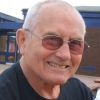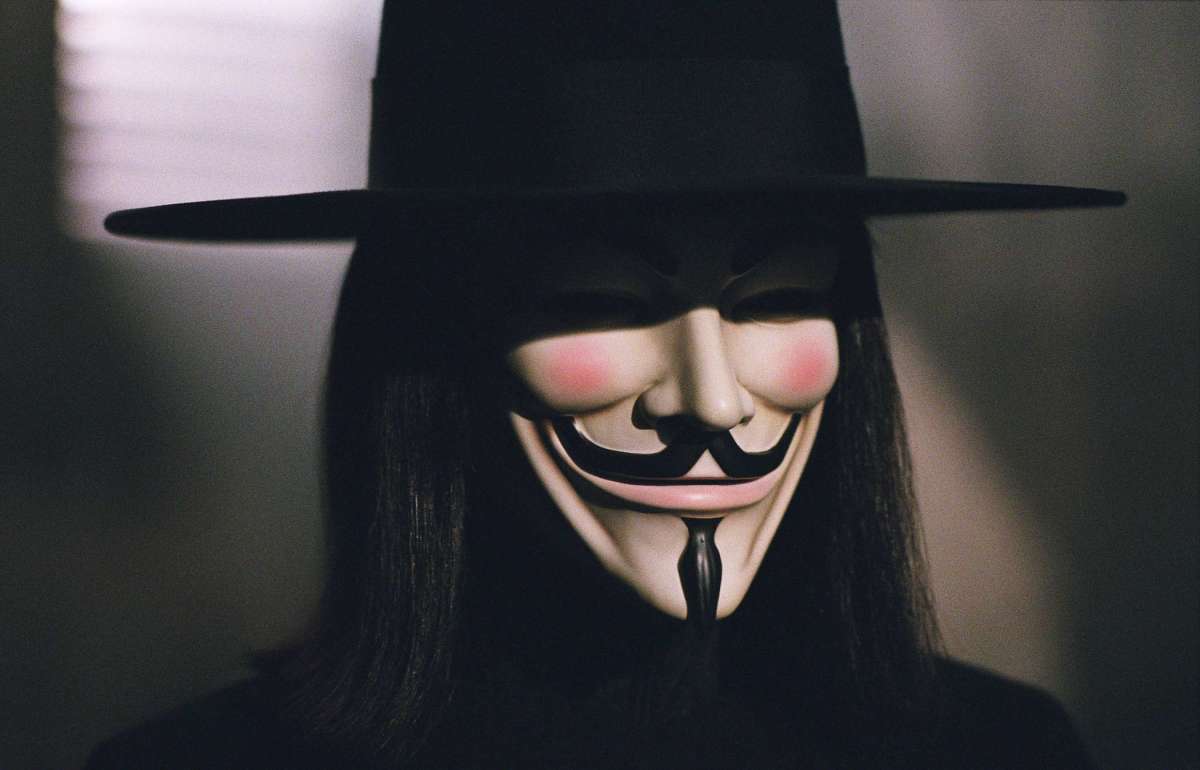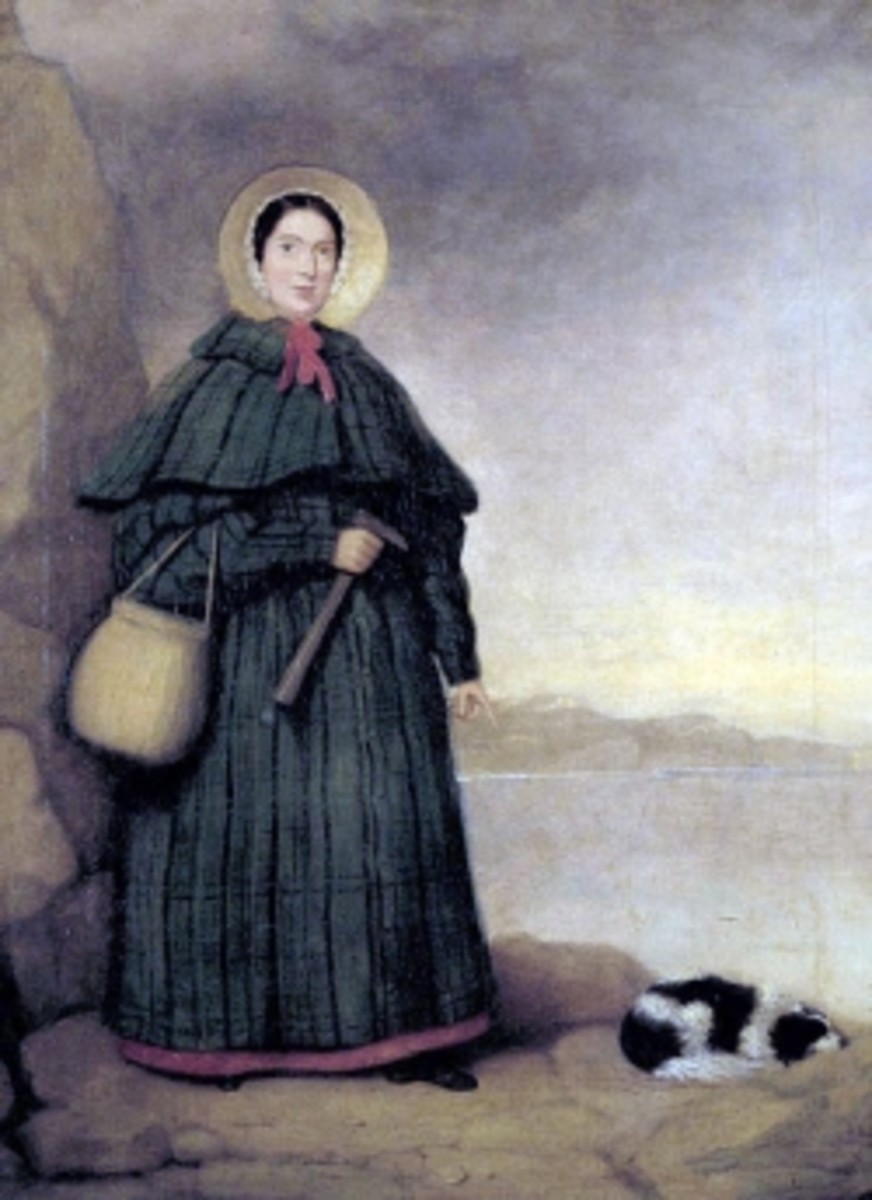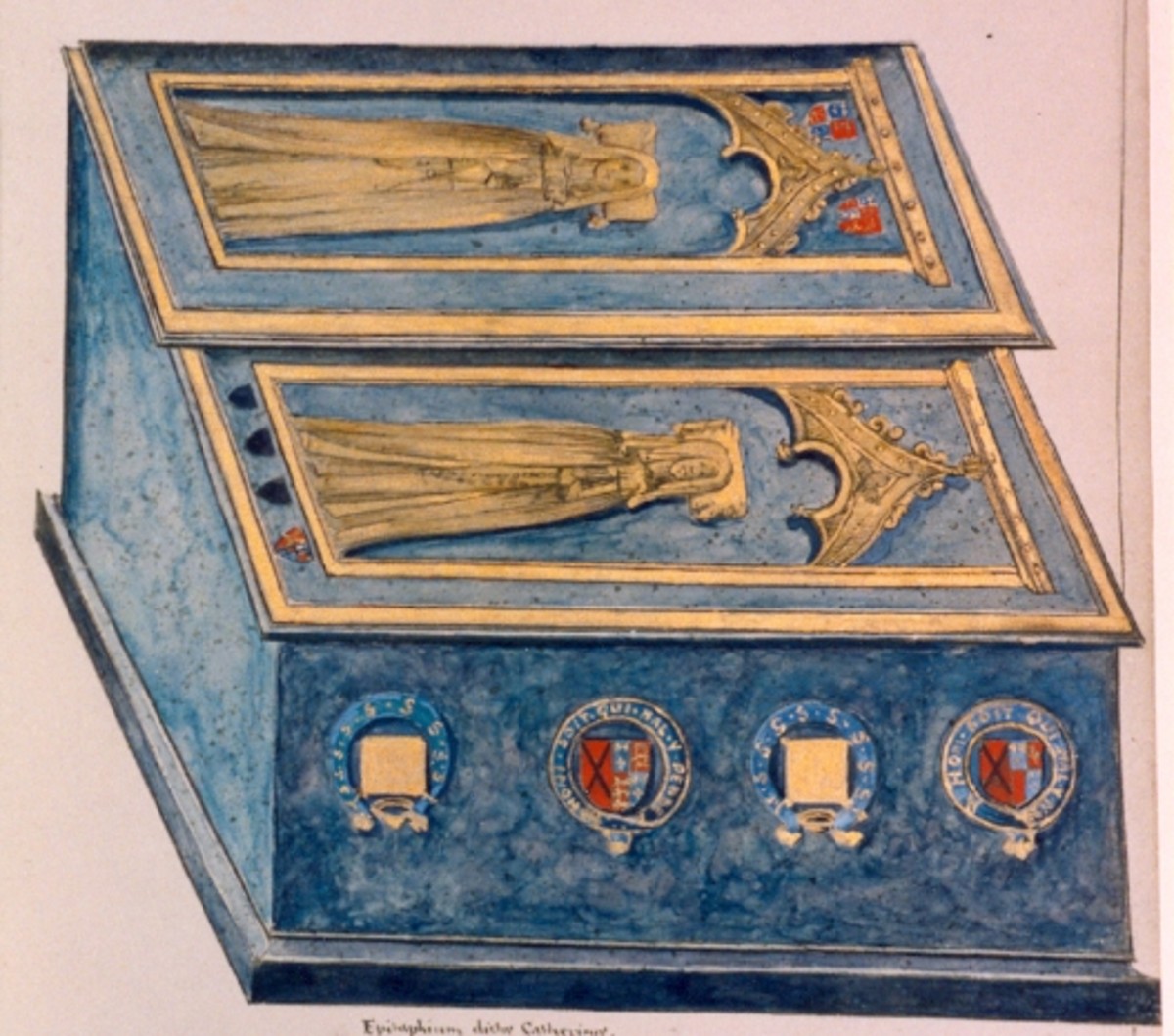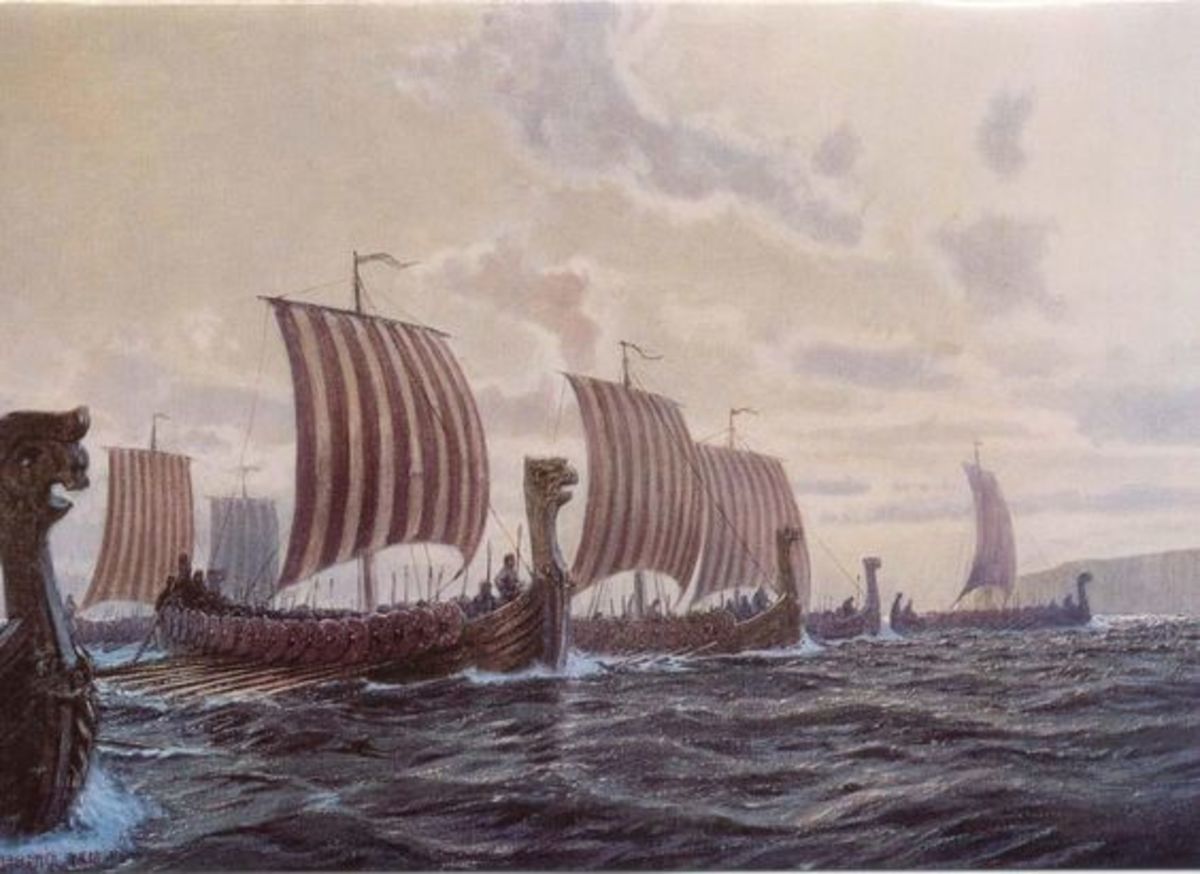Acid bath murderer
John George Haigh
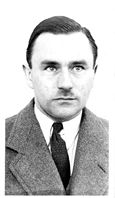
John George Haigh
John George Haigh, the acid bath murderer was born in Lincolnshire in the town of Stamford, in July 1909. His family later moved to West Yorkshire, to the village of Outwood.
He won a scholarship to Wakefield Grammer School, then won another one to Wakefield Cathedral where he became a member of the choir. When he left school he started an apprenticeship with a firm of motor engineers, but tired of it after a year and gave up. After that he had various jobs in advertising and insurance. He married Beatrice Hammer on 6th July 1934 but in that same year he was sent to jail for committing fraud. While he was in jail his wife gave birth to their baby, but she gave the baby up for adoption and left him. His parents also disowned him and would have nothing further to do with him.
Haigh moved to London when he was freed from jail and took a job as chauffer to William McSwan, a wealthy business man. However he couldn't lose the habit of committing fraud and when he set up as a bogus solicitor and defrauded people of their money he was jailed again. He was released just as World War 2 was starting, but continuing with his fraudulent career, he was in and out of jail regularly. During his stays in prison he thought up the idea of killing someone then destroying the body by dissolving it in acid. After all, he thought that without a body to produce the police couldn't charge him with murder. So began the idea for the acid bath murders
He was freed from one prison term in 1943 and became an accountant with an engineering firm, but his mind was still on getting easy money. He hired a workshop and started buying chemicals. Soon after, he bumped into his former employer, William McSwan. McSwan introduced Haigh to his parents, William and Amy, who mentioned that they had investments in property. On 6 September 1944 William McSwan disappeared. Haigh had killed him, put his body into a large oil drum and poured concentrated sulphuric acid over it. He returned some days later to find the body had become sludge, which he poured down a drain. Haigh then took over McSwan's house and when William and Amy enquired as to the whereabouts of their son, he killed them too. Again the acid bath came in handy.
After forging documents Haigh sold their houses. He moved into a hotel and started gambling. When he'd gambled away most of the money he started looking around for more victims. Dr Archibald Henderson and his wife Rose were next. Haigh had met the couple after showing interest in a house they were selling. On 12 February 1948, he drove Dr. Henderson to his workshop on the pretext of showing him an invention. When they arrived Haigh shot Henderson in the head with a revolver, then he lured Mrs Henderson to the workshop, claiming her husband had fallen ill, and shot her as well. Both were dissolved in acid.
Again he forged documents and sold all their assets.
Haigh's last victim was Olive Durand-Deacon, a widow of 69 years and an aquaintance of Haigh. They lived in the same hotel. While chatting to Haigh she told him of her invention for false fingernails. He invited her to his workshop, telling her that he was an engineer and that he could help her with her invention. On 18th February 1949 he shot her in the back of the head, stripped her of her valuables, including her fur coat, and put her into the acid bath. Constance Lane, a friend of Olive's reported her missing two days later.
Police soon discovered Haigh’s terrible record of theft and fraud and searched his workshop. They found Haigh’s attaché case containing damning evidence. There was a receipt for the dry cleaning of Mrs. Durand-Deacon’s coat, a revolver, as well as papers referring to the Hendersons and McSwans. When the pathologist analysed the residue in the acid bath, he found human remains and part of a denture, later identified by Mrs Durand-Deacon's dentist as belonging to her. Haigh's theory of everything being dissolved by the acid was wrong, and the acid bath murders had stopped.
Haigh eventually confessed that he had not only killed Mrs.Durand-Deacon, the McSwan family and the Hendersons, but he'd also murdered three other people - a young man called Max, a girl from Eastbourne and a woman from Hammersmith, London.
The acid bath murderer was sent to the gallows and hanged on 10 August 1949.
